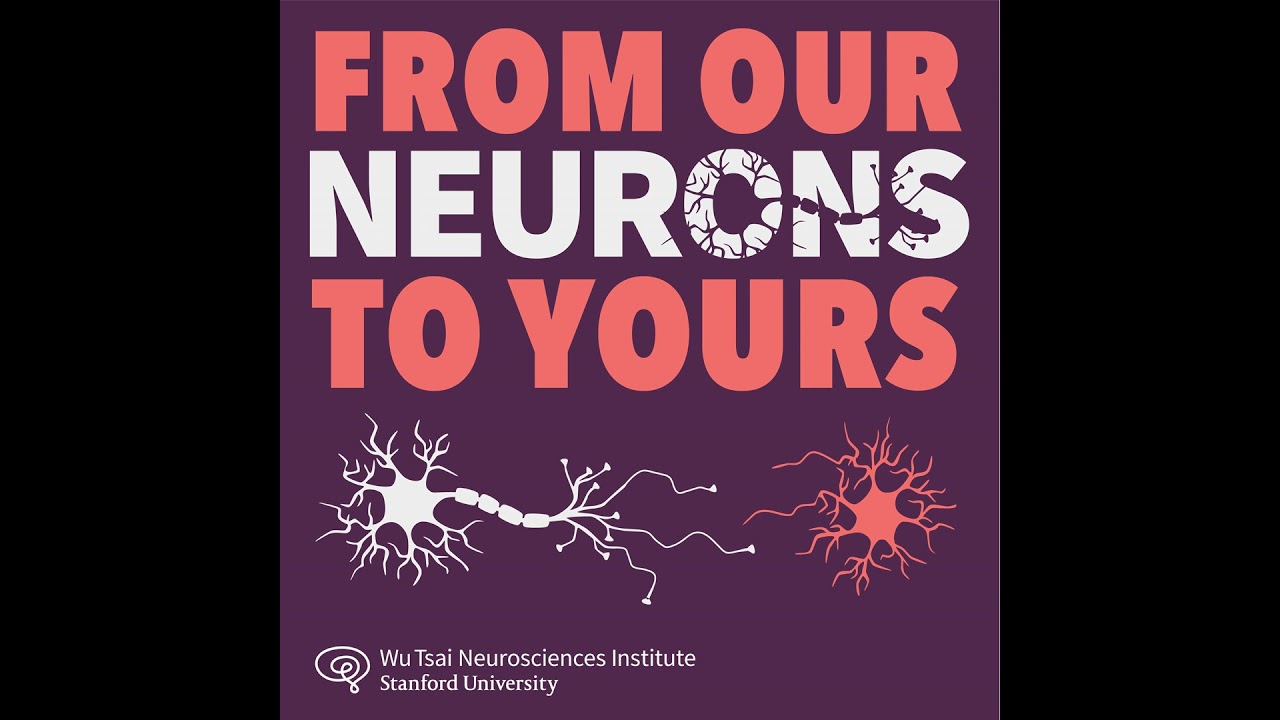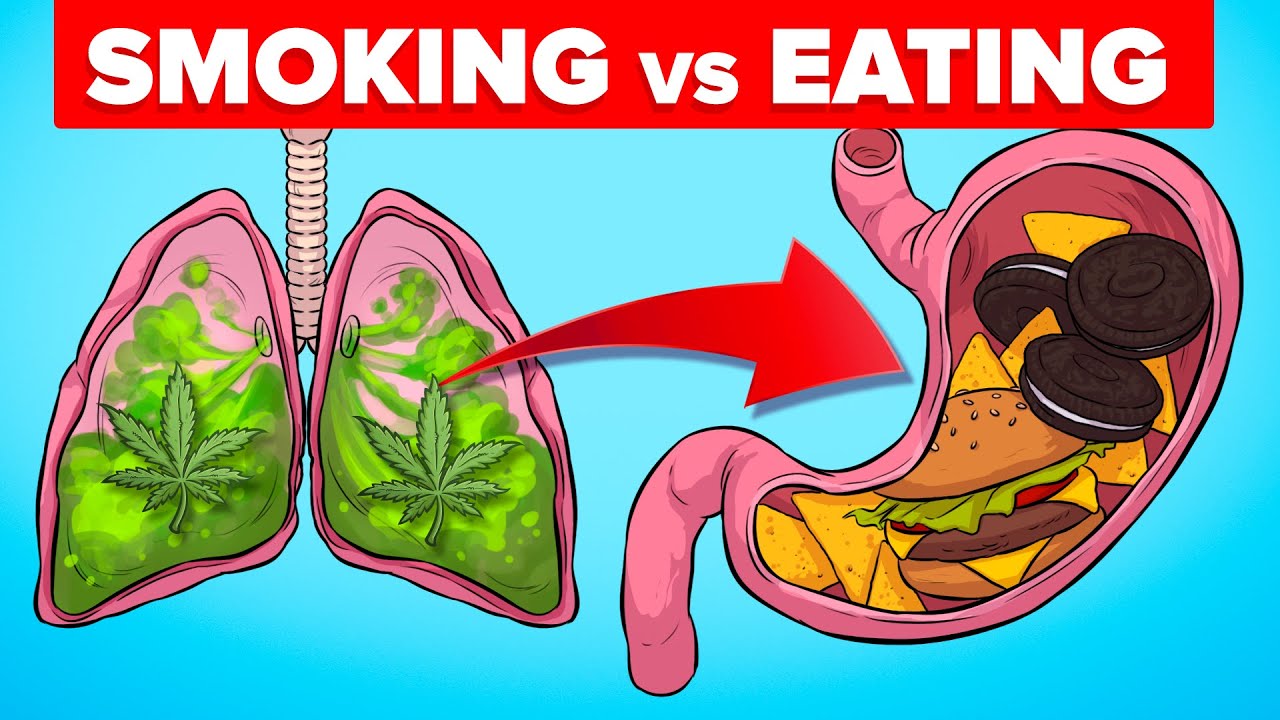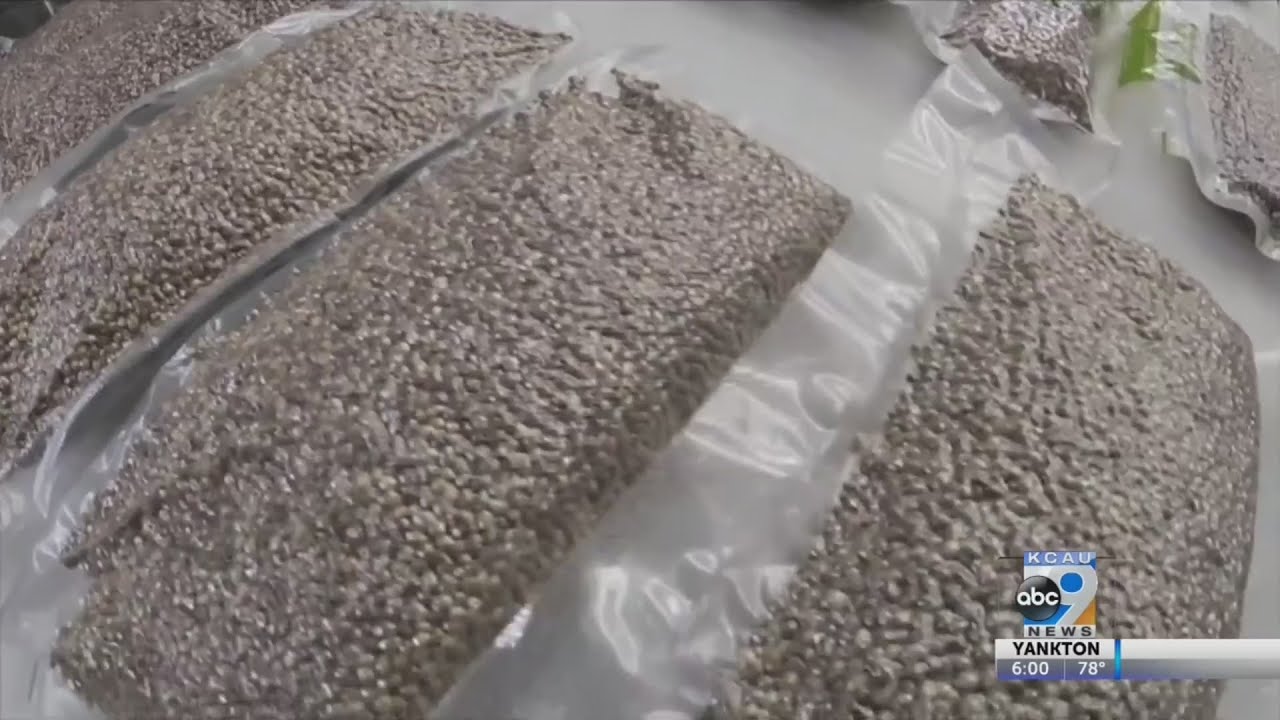Given the widespread legalization of cannabis for medical and recreational uses, you’d think we’d have a better understanding of how it works. But ask a neuroscientist exactly how cannabinoid compounds like THC and CBD alter our perceptions or lead to potential medical benefits, and you’ll soon learn just how little we know.
We know that these molecules hijack an ancient signaling system in the brain called the “endocannabinoid” system (translation: the “cannabinoids within”). These somewhat exotic signaling molecules (made of fatty lipids and traveling “backwards” compared to other transmitters) have been deeply mysterious until recently, when new tools made it possible to visualize their activity directly in the brain.
So what is the “day job” of the endocannabinoid system — and how does it connect to the dramatic highs that come with taking THC or the medical benefits of CBD?
To unpack all this, we’re talking this week with neuroscientist Ivan Soltesz, the James Doty Professor of Neurosurgery and Neuroscience at Stanford, and a leading expert on the endocannabinoid system.
Learn More
• The Soltesz Lab (https://www.solteszlab.com/)
• “Weeding out bad waves: towards selective cannabinoid circuit control in epilepsy” (Soltesz et al, Nature Reviews Neuroscience (https://pubmed.ncbi.nlm.nih.gov/25891509/) , 2015)
• “Keep off the grass? Cannabis, cognition and addiction” (Parsons et al, Nature Reviews Neuroscience (https://pubmed.ncbi.nlm.nih.gov/27052382/) , 2016)
• “Marijuana-like brain substance calms seizures but increases aftereffects, study finds” (Goldman, Stanford Medicine News (https://med.stanford.edu/news/all-news/2021/07/marijuana-like-brain-substance-calms-seizures-but-increases-afte.html) , 2021)
• “Retrograde endocannabinoid signaling at inhibitory synapses in vivo” (Dudok et al, Science (https://pubmed.ncbi.nlm.nih.gov/38422134/) , 2024)
Vote for us!
We are a finalist for a prestigious Signal Award for Best Science Podcast of 2024! Share your love for the show by voting for us in the Listener’s Choice category (https://vote.signalaward.com/PublicVoting#/2024/shows/general/science) by October 17. Thanks in advance!
Get in touch:
We’re doing some listener research and we want to hear from your neurons! Email us at at neuronspodcast@stanford.edu if you’d be willing to help out, and we’ll be in touch with some follow-up questions.
Episode Credits
This episode was produced by Michael Osborne at 14th Street Studios, with production assistance by Morgan Honaker. Our logo is by Aimee Garza. The show is hosted by Nicholas Weiler at Stanford’s Wu Tsai Neurosciences Institute (http://neuroscience.stanford.edu/) .
Send us a text! (https://www.buzzsprout.com/twilio/text_messages/2112871/open_sms)
Thanks for listening! If you’re enjoying our show, please take a moment to give us a review on your podcast app of choice and share this episode with your friends (https://www.buzzsprout.com/2112871/share) . That’s how we grow as a show and bring the stories of the frontiers of neuroscience to a wider audience.
Learn more about the Wu Tsai Neurosciences Institute at Stanford (http://neuroscience.stanford.edu) and follow us on Twitter (https://twitter.com/stanfordbrain) , Facebook (https://www.facebook.com/WuTsaiNeurosciencesInstitute) , and LinkedIn (https://www.linkedin.com/company/wu-tsai-neurosciences-institute) .
source



